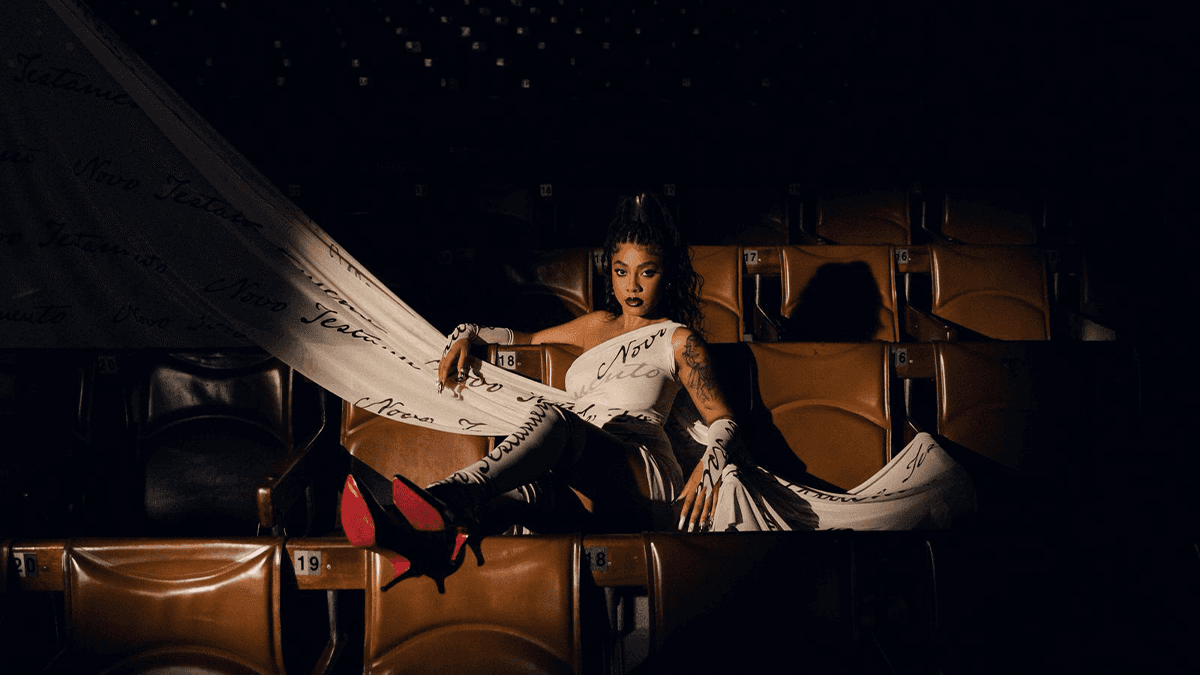Understand how Carhartt became a phenomenon in streetwear.
There aren't many brands out there that can boast the heritage that Carhartt can. The brand has dedicated itself to providing clothing that meets the highest standards of quality, durability, and comfort, transcending social classes for over 100 years. Although the brand cares about meeting high-quality demands, Carhartt was not initially created to be a phenomenon in streetwear and hip hop culture.

The history of Carhartt begins in 1889, when Hamilton Carhartt left school to start a wholesale furniture business. By 1898, the business was taking shape into what the brand is today, becoming a manufacturer of men's workwear. Despite failing in its early attempts, Carhartt persevered and after talking to railroad engineers, discovered the need for high-quality work clothes. It wasn't long before the brand's overalls became an essential item for any worker at the time.

The brand's expansion took off during the early 1900s, with headquarters that stretched across major cities in the United States as well as internationally, in Liverpool, Vancouver, Paris, and New York. In 1925, the brand created its first extension, Hamilton Carhartt Junior - Manufacturer, which would specialize in workwear for youth, including overalls, t-shirts, pants, and shoes. This was a clear indication of Carhartt's desire to expand its product range and also an early indication of the brand's vision.

Due to the Great Depression of 1929, a period that marked the United States with the largest economic slowdown in the country's history, many brands struggled to produce and maintain active branches, and Carhartt was no different. Despite the adversity, the brand continued its solidification project, perfecting its fabric construction in denim and canvas as well as the stitching with totally unique triple lines.
Moving into the 70s, Carhartt showed more significant steps in its trajectory, with the inauguration of Carhartt South Inc, a brand subsidiary specialized in jeans. During the 1980s and 1990s, growth continued and began attracting new attention from around the world, workwear was entering the world of fashion.
In 1991, Carhartt, which had been selling in the Japanese market as a fashion item since 1987, debuted its classic jackets in New York fashion shows, marking the start of the “Workwear” trend.
With their oversized cuts and robust fabrics, Carhartt clothing always aligned with the ideals and aesthetics that sustained much of the hip hop scene in the 90s. Its flashy jackets added presence and attitude to the wearer, and as many of the references and realities depicted in rap music at the time, the brand found utility among drug dealers, who can rightfully claim the pioneering of the new trend. The same properties that factory and farm workers always saw the brand favoring also suited those involved in more illicit forms of work, where nights spent on cold corners during the harsh winter streets required warmth and durability.

Few brands have had as widespread an appeal as Carhartt in the ghettos of New York, and this caught the attention and adoration of those who were the voice of reality in those places. During the 90s, rappers like Tupac, Eazy-E, Nas, and the group Naughty By Nature, for example, were great examples of attitude and style, showcasing their Timberland boots and Carhartt jackets during shows and appearances, bringing attitude and the “gangsta” style to the audience.



The adoption of the brand has always had subtle differences, depending on where a person was born. “In New York, rappers prefer mustard brown and dark green, with baggy pants and Timberland boots,” observes an article from the New York Times, citing Albee Ragusa, then marketing director of Tommy Boy Records. In 1989, the record label purchased stock of classic Carhartt jackets to embroider their logo on them; subsequently, Stüssy did the same, selling it as their own merchandise - and in doing so creating a streetwear collaboration before such a notion even existed.
In 1994, Carhartt founded Carhartt Work In Progress or WIP for short, introducing a selection of new products with new fabrics, understanding the demands of European fashion. The success was immediate, and the sub-brand became beloved by consumers. WIP has a history of iconic collaborations with Japanese BAPE, Stüssy, Patta, and other major streetwear brands.







Today, the influence of the brand can still be seen. Kanye West, who has worn leather kilts and even jeweled masks from Margiela, often appears with some Carhartt item. ASAP Rocky, who shows his eccentric side wearing Rick Owens, and Action Bronson have both declared themselves fans of the brand.


The fact is that Carhartt transcends the obvious, whether in the balance and contrast of eccentricity, in everyday use, or as a symbol of simpler authenticity. There are one or more explanations for each type of person using the brand in the past and present.
Text/Research: Vitor Queiroz
See others like this




